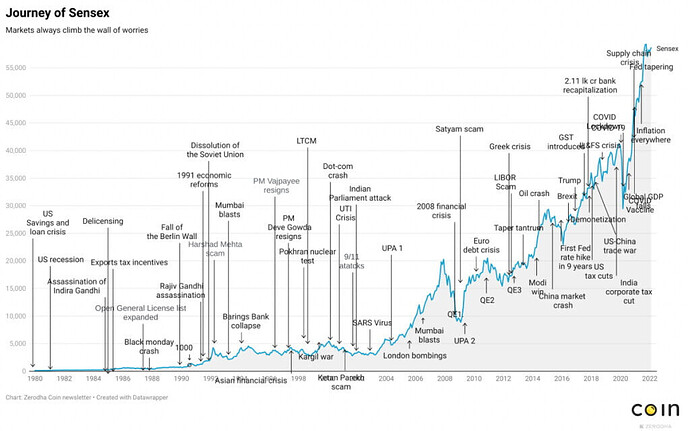Most people, when they plan for their retirement, they look at the average life expectancy and then assume that’s the age they will probably live to. However, averages can be misleading because they conceal the variation of people who do not live to the average life expectancy mark or live past it. When you are making your retirement assumptions, it’s always better to be overprepared and save more with the assumption that you might live to be 100 years old or more. It’s not really hypothetical because science is getting better all the time. In 1960, the average Indian life expectancy was 40 years, and in 2020 it was 70 years old. Not planning for a long life is called “longevity risk,” and most people don’t intuitively think about it.
So what does this mean in investing terms? You will have to have a higher equity exposure because equities in the long run have higher expected returns compared to all the other asset classes like debt, real estate, and gold. But this leads to questions like: what stocks, how to pick them, etc. But there’s a much simpler, tax-efficient, evidence-backed, and historically proven way of investing in equities for the long run. In this video, @Karthik explains how to think about longevity risk and how to invest to cover that risk.
Of course, retirement is just one broader topic under personal finance. In case you didn’t know, we have a dedicated module on personal finance on Varsity:

